



Please be aware that whilst a travel adaptor will allow you to physically plug a UK plug into a different socket it will not change the voltage or frequency of the supply.
Voltage - Multiple voltages are in use in Brazil . It is essential therefore that you check what the voltage is locally before you plug in an appliance. In some countries different sockets are used for the different voltages but this is not necessarily the case so always check first. UK appliances will generally operate satisfactorily with a voltage anywhere in the range 220V - 250V. If the local voltage is in the range 100V - 127V you will need to check your appliance for compatibility. Some appliances are marked 100 - 240V either on the equipment itself or the power supply (if it has one). If it is not marked as able to accept the local voltage do not plug it in! In order to operate incompatible appliances you will need a transformer.
 Frequency - The frequency in Brazil is 60 Hz which is slightly higher than in the UK (which operates at 50 Hz). In practical terms this makes little difference as most travel appliances will run at either frequency. Some items with motors, such as hairdryers and some clocks will run a little faster than intended but it is not likely to be problematic. Check your device - it may say 50/60 Hz which indicates that it is compatible with either frequency. If you are in doubt or have expensive equipment check with the manufacturer first as some equipment may be damaged by running on an incorrect frequency.
Frequency - The frequency in Brazil is 60 Hz which is slightly higher than in the UK (which operates at 50 Hz). In practical terms this makes little difference as most travel appliances will run at either frequency. Some items with motors, such as hairdryers and some clocks will run a little faster than intended but it is not likely to be problematic. Check your device - it may say 50/60 Hz which indicates that it is compatible with either frequency. If you are in doubt or have expensive equipment check with the manufacturer first as some equipment may be damaged by running on an incorrect frequency.

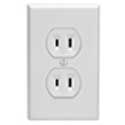
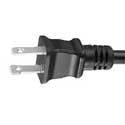
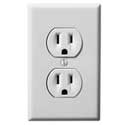
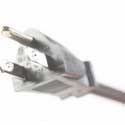
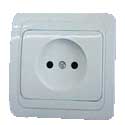
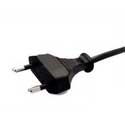
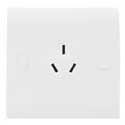
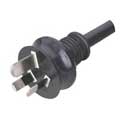
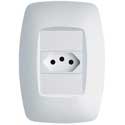
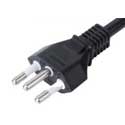

This will help us to show you adaptors that will work with your domestic devices.

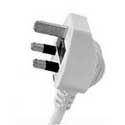
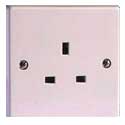





Tip: If you are not located in the UK or USA just click on the picture that shows your domestic plug or socket / outlet type and we'll know what you need.
Alternatively if we do not support your specific plug / socket types yet you can close this and view the site with default settings.
You can change your preference at any time by clicking on the flag icons at the top of the page.